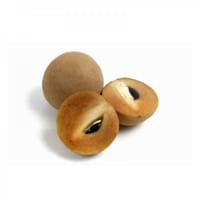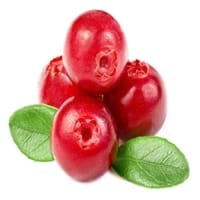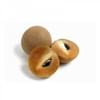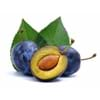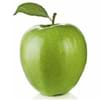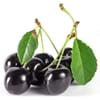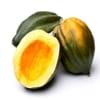Health Benefits
Anti-inflammatory properties, Arthritis treatment, Regulates Blood Sugar, Unknown
Cancer prevention, Heart care, Kidney stone treatment, Scurvy treatment, Ulcer prevention
General Benefits
Boosts immune system, Controls blood sugar levels, Digestive aid
Anti-inflammatory properties, Boosts immune system, Digestive aid, Fights against infections, Strengthens bones
Skin Benefits
Nourishes skin, Protects skin from oxidative stress
Anti-aging benefits, Reduces wrinkles, Skin rejuvenation, Treatment of acne
Hair Benefits
Prevents hair loss, Promotes longer and healthier hair, Regulates hair growth
Promotes longer and healthier hair, Protects hair, Treatment of dandruff
Allergy Symptoms
Asthma, Red rash, Swelling of mouth, tongue or lips
Anaphylaxis, Breathing difficulty, Itching, Skin rash, Swelling of mouth, tongue or lips
Side Effects
Diarrhoea, Vomiting
Allergic reaction, Diarrhoea, Nausea, Stomach pain, Vomiting
Best Time to Eat
As a snack in the late afternoon
Any time except an hour after meal, Don't consume at night and before bed
Vitamin B5 (Pantothenic Acid)
Vitamin C (Ascorbic Acid)
Vitamin E (Tocopherole)
Not Available
Vitamin K (Phyllochinone)
Not Available
Lutein+Zeaxanthin
Not Available
Calories in Fresh Fruit with Peel
Calories in Fresh Fruit without Peel
Not Available
Not Available
Calories in Juice
Not Available
Calories in Jam
Not Available
Calories in Pie
Not Available
Varieties
Bush Table Queen, Heirloom Table Queen, Festival Hybrid, Early Acorn Hybrid, Table Ace, Ebony and Cream of the Crop
Early Black, Howes, Ben Lear and Stevens
Seedless Variety
Not Available
No
Color
Dark green, Green-yellow, Orange green
Red
Inside Color
Not Available
White
Taste
Sweetish
Bitter, Tart
Origin
Central America, North America, Unknown
North America
Soil Type
Well-drained
Clay, Sandy, Well-drained
Climatic Conditions
Cold, Sunny
Warm
Facts about
- It was named as Acorn Squash for its resemblance to a large ribbed acorn.
- It is said that squash was being grown in Mexico as long as 10,000 years ago.
- It was the first food cultivated by native American Indians.
- Europeans thought the cranberry blossom looked like the head of a sandhill crane, hence the name Cranberry.
- They are also known as bounce berries as they bounce when they ripe.
- Cranberries do not grow in water.
Spirits
Not Available
Yes
Cocktails
Not Available
Yes
Top Producer
China
United States of America
Other Countries
Egypt, India, Iran, Italy, Mexico, Russia, Turkey, Ukraine, United States of America
Azerbaijan, Belarus, Bulgaria, Canada, Latvia, Macedonia, NA, Romania, Tunisia, Ukraine
Top Exporter
India
United States of America
Botanical Name
Cucurbita Pepo
Vaccinium Macrocarpon
Synonym
Winter Squash
Oxycoccus macrocarpus
Subkingdom
Tracheobionta
Tracheobionta
Division
Magnoliophyta
Magnoliophyta
Class
Magnoliopsida
Magnoliopsida
Subclass
Dillenhidae
Dillenhidae
Order
Cucurbitales
Ericales
Family
Cucurbitaceae
Ericaceae
Genus
Cucurbita
Vaccinium
Species
Pepo
Vaccinium macrocarpon
Generic Group
Not Available
Heath
Difference Between Sapota and Cranberry
We might think that Sapota and Cranberry are similar with respect to nutritional value and health benefits. But the nutrient content of both fruits is different. Sapota and Cranberry Facts such as their taste, shape, color, and size are also distinct. The difference between Sapota and Cranberry is explained here.
The amount of calories in 100 gm of fresh Sapota and Cranberry with peel is 40.00 kcal and 46.00 kcal and the amount of calories without peel is Not Available and Not Available respectively. Thus, Sapota and Cranberry belong to Low Calorie Fruits and Low Calorie Fruits category.These fruits might or might not differ with respect to their scientific classification. The order of Sapota and Cranberry is Cucurbitales and Ericales respectively. Sapota belongs to Cucurbitaceae family and Cranberry belongs to Ericaceae family. Sapota belongs to Cucurbita genus of Pepo species and Cranberry belongs to Vaccinium genus of Vaccinium macrocarpon species. Beings plants, both fruits belong to Plantae Kingdom.
